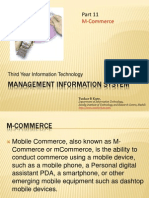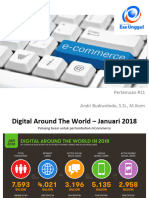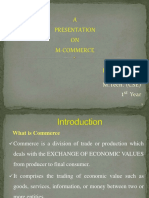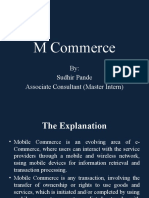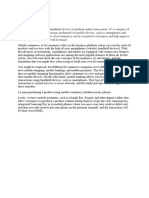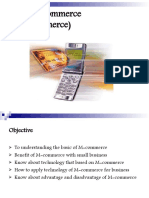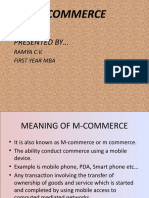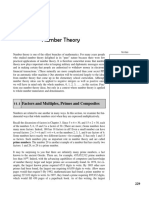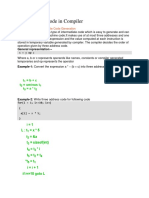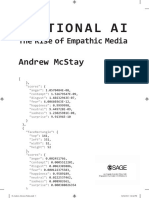0% found this document useful (0 votes)
22 views12 pagesM Commerce
M-Commerce, or mobile commerce, involves buying and selling goods and services through wireless handheld devices like smartphones and tablets. It has evolved since its inception in 1997, with various types including mobile shopping, banking, and payment platforms. M-Commerce offers advantages such as mobility and convenience, but also faces challenges like limited device capabilities and security concerns.
Uploaded by
alokt1080Copyright
© © All Rights Reserved
We take content rights seriously. If you suspect this is your content, claim it here.
Available Formats
Download as PDF, TXT or read online on Scribd
0% found this document useful (0 votes)
22 views12 pagesM Commerce
M-Commerce, or mobile commerce, involves buying and selling goods and services through wireless handheld devices like smartphones and tablets. It has evolved since its inception in 1997, with various types including mobile shopping, banking, and payment platforms. M-Commerce offers advantages such as mobility and convenience, but also faces challenges like limited device capabilities and security concerns.
Uploaded by
alokt1080Copyright
© © All Rights Reserved
We take content rights seriously. If you suspect this is your content, claim it here.
Available Formats
Download as PDF, TXT or read online on Scribd
/ 12







